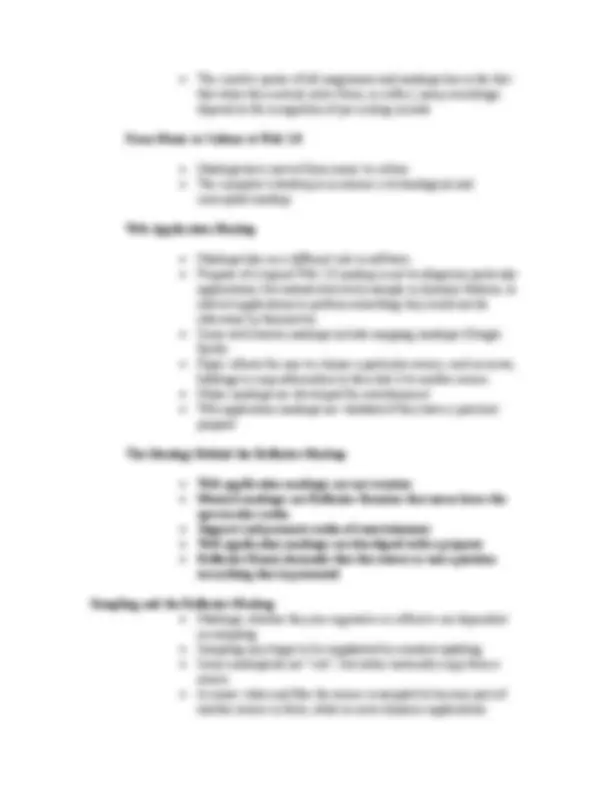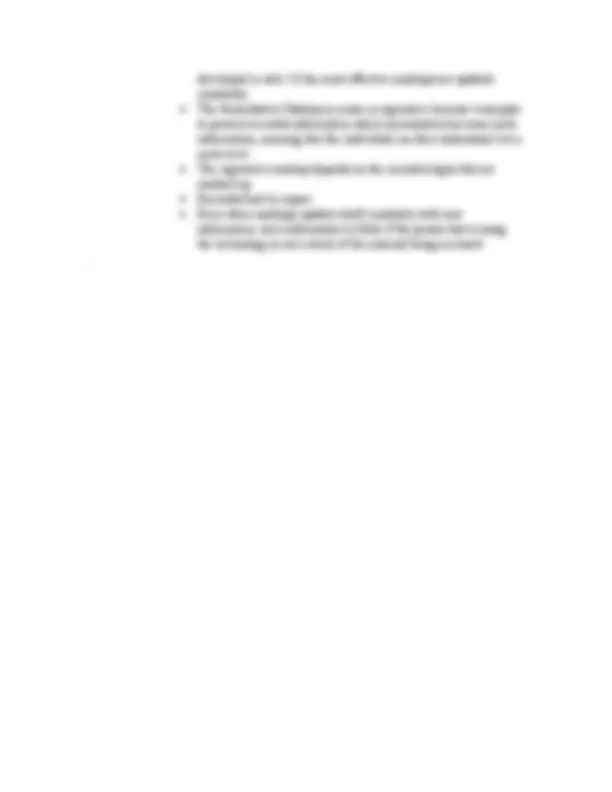




Study with the several resources on Docsity

Earn points by helping other students or get them with a premium plan


Prepare for your exams
Study with the several resources on Docsity

Earn points to download
Earn points by helping other students or get them with a premium plan
Community
Ask the community for help and clear up your study doubts
Discover the best universities in your country according to Docsity users
Free resources
Download our free guides on studying techniques, anxiety management strategies, and thesis advice from Docsity tutors
An overview of mashups, a common practice in new media culture, focusing on regressive and reflexive types. Learn about the history, definitions, and differences between these two types of mashups, as well as their roles in music and web 2.0 applications. Vocabulary terms include sampling, autonomy, ideology, and manifestations.
Typology: Papers
1 / 4

This page cannot be seen from the preview
Don't miss anything!



Mashups- An audio recording that is a composite of samples from other recordings, usually from different music styles Regressive- Passing back or returning Reflexive- able to reflect or respond Allegory- a representation of an abstract or spiritual meaning through concrete or material forms; figurative treatment of one subject under the guise of another Reinterpretation- To interpret again or anew Autonomy- Independence or freedom, as of the will or one’s actions Deconstructed- To break down into components; dismantle Pastiche- A literary, musical or artistic piece consisting wholly or chiefly of motifs or techniques borrowed from one or more sources Vacillates- To sway from one side to another Juxtaposition- An act or instance of placing close together or side by side Turntable- The rotating disk that spins a record on a phonograph Application Programming Interface (API)- A set of routines, data structures, object classes and/or protocols provided by libraries and/or operating systems services in order to support the building of applications Dynamic- pertaining to or characterized by energy or effective action Ideological- speculative, visionary, of or concerned with ideas Manifestations- One of the forms in which someone or something, such as a person, a divine being or an idea is revealed
developed in web 2.0 the most effective mashups are updated constantly